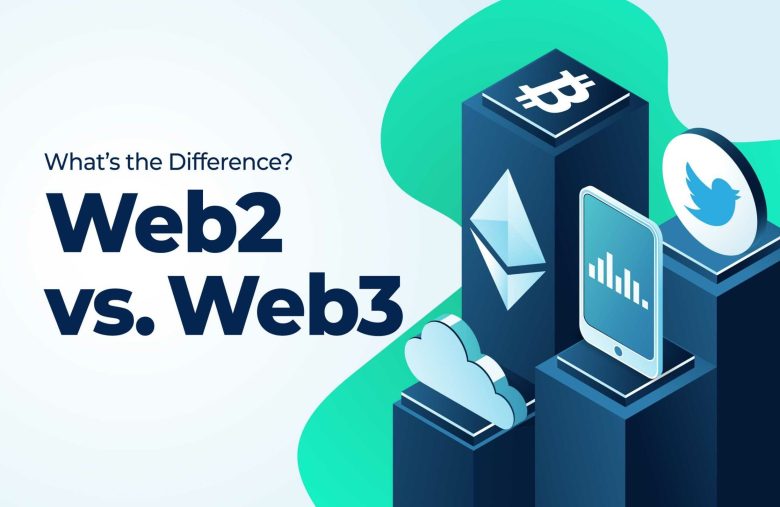Web 2.0 vs Web 3.0

The Internet has come a long way since its inception and has undergone several transformations in its journey. The latest version of the Internet, known as Web2, has been in use for over a decade and has changed the way we interact with the online world. However, with the advent of new technologies and the increasing need for privacy and data control, the Internet is set to undergo another major transformation, referred to as Web3.
Web2, the current version of the Internet, is a read-write web, meaning users can read and write content, but they do not have ownership or control of that content. This means that the content created by users is often stored on centralized servers owned and operated by large tech companies. These companies have the power to control and manage the data, and users have limited control over their privacy and personal information.
In contrast, Web3 is being built around the concept of decentralization and ownership. With the use of technologies such as blockchain, artificial intelligence, augmented reality, and virtual reality, users will have complete control over their data and content, and be able to own and manage it themselves. This will be a major shift from the centralized system of Web2, where users were forced to rely on big tech companies to provide the infrastructure and services they needed.
Web3 will also provide users with more control over their privacy and digital identity. With the use of decentralized technologies, users will be able to connect, transact, and share data privately and without relying on a third party. This will reduce the risk of data breaches and hacking, as well as provide a more secure and private online environment.
Moreover, Web3 will be censorship-resistant, meaning that users will have access to services and platforms that are not subject to censorship or control by centralized authorities. This will provide users with a more open and autonomous online environment, where they can freely express their thoughts and opinions without fear of censorship or interference.
In conclusion, Web3 represents a major shift from the current centralized model of the Internet, and is set to bring about significant changes in the way we interact with the online world. With the ability to control and own their data and content, users will have a more secure and private online environment, and will have access to censorship-resistant services. The future of the Internet looks bright with the advent of Web3, and we can only imagine the endless possibilities that this new decentralized system will bring.



